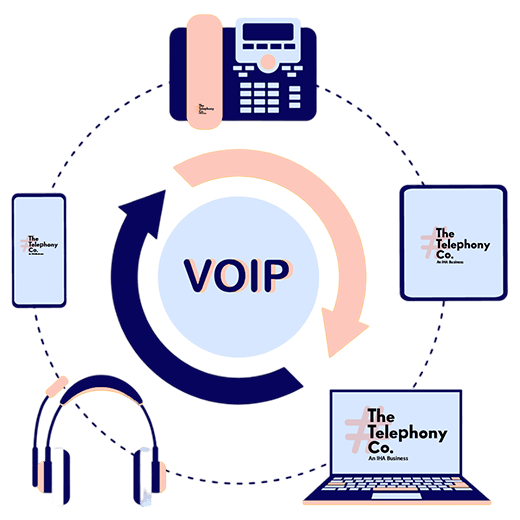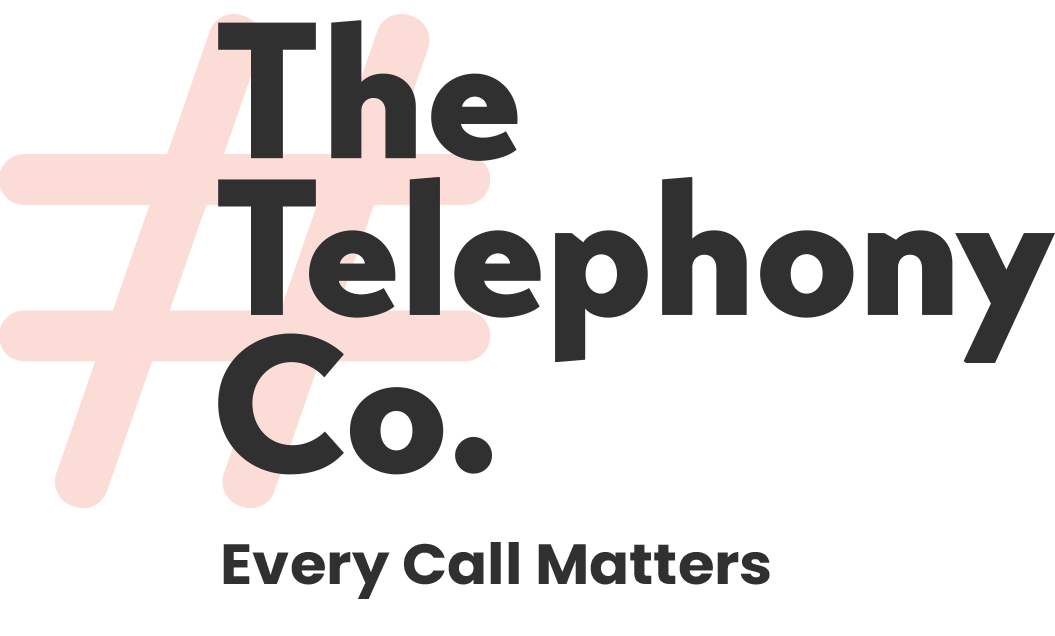
A
B
C
D
E
F
G
H
Hosted PBX: A PBX system hosted by a service provider, offering VoIP services without the need for on-site equipment.
HD VoIP Networks: High-definition VoIP networks that provide superior audio quality, ensuring clear and crisp voice communication.
Healthcare Providers: Medical institutions and professionals who use VoIP to facilitate patient communication, telemedicine, and internal coordination among staff.
Holiday & Business Hours Routing: A feature that automatically routes calls based on pre-set schedules, directing calls differently during business hours, holidays, and after-hours.
Hot Desking: A VoIP feature that allows employees to log into any shared desk phone and use it as their own, maintaining their personal settings and extension number.
HubSpot Integration: Connecting VoIP services with HubSpot, a customer relationship management (CRM) platform, to enhance communication, track interactions, and streamline workflows.
I
IP Address: a distinct series of digits, divided into groups of two, that serves as an identifier for every computer connected to a network via the Internet Protocol.
IP PBX: A private branch exchange (telephone switching system) that uses Internet Protocol to manage and route calls within a business.
IP Telephony: The use of the Internet to transmit voice communications, replacing traditional phone lines.
Inbound Dialing: The process of receiving incoming calls to a business or organization through a VoIP system, often managed with features like call routing and IVR.
Industry Expertise: Specialized knowledge and experience in a particular industry, which can help tailor VoIP solutions to meet specific business needs and challenges.
Innovative Features: Cutting-edge functionalities offered by VoIP systems that enhance communication, efficiency, and user experience.
Innovative ID Cloud Technology: Advanced cloud-based solutions that enhance caller identification and security, improving the accuracy and reliability of VoIP services.
Integrated SIP Trunks: The use of SIP (Session Initiation Protocol) trunks to connect a VoIP system to the traditional telephone network, allowing for efficient and cost-effective call management.
Intelligent Call Routing: Advanced call routing that uses data and predefined rules to direct calls to the most appropriate agent or department, improving response times and customer satisfaction.
Internal Communication: Communication within an organization, facilitated by VoIP systems to ensure seamless and efficient interactions among employees and departments.
International Number: A phone number that allows businesses to establish a local presence in a foreign country, making it easier for international customers to reach them.
International Toll-Free Numbers: Toll-free numbers can be dialed from multiple countries without incurring charges for the caller, enhancing accessibility for international customers.
IVR Systems (Interactive Voice Response Systems): Automated phone systems that use voice prompts and keypad inputs to interact with callers and route calls to the appropriate destination.
Incurring Charges: Costs associated with using VoIP services, such as international calling fees, subscription charges, or additional feature costs.
J
K
L
M
N
O
Q
P
R
S
T
Toll-Free Numbers: Toll-Feee Phone numbers that allow callers to reach a business without being charged for the call, often used for customer service.
Transferring: In the context of VoIP and telecommunications, transferring refers to the action of redirecting an ongoing call from one agent or extension to another, ensuring seamless communication handoff.
Telecommunication Solutions: Technologies and services that facilitate communication over long distances, including VoIP, traditional telephone services, and internet-based communication tools.
Target Audience: The specific group of people or businesses that VoIP providers aim to reach and serve with their communication services and solutions.
Trunk: A virtual trunk in VoIP that allows the transmission of voice and data signals between different endpoints over the internet or a private network.
Transactional SMS Service: Send important messages instantly with our Transactional SMS Service. Keep your customers updated with alerts, notifications, and reminders anytime.
1800 Toll-Free Number: A 1800 toll-free number is a free-to-call phone number for customers, enabling businesses to offer cost-free support and enhance customer service with a professional, easily recognizable contact option.
U
Unified Communication: The integration of various communication methods (voice, video, messaging, etc.) into a single platform, enhancing collaboration and efficiency.
Unlimited Users: A feature that allows an unlimited number of users to be added to the VoIP system without additional costs.
Unmatched Savings: Significant cost savings or financial benefits that exceed those offered by competitors or traditional solutions, often attributed to the efficiency and cost-effectiveness of VoIP systems.
User-Friendly Portal: An intuitive and easy-to-navigate interface provided by VoIP service providers, allowing users to manage settings, view call logs, and access features effortlessly.
User-Friendly Features: Features within VoIP systems are designed to be intuitive and straightforward for users to utilize without extensive training or technical expertise.
V
W
X
Y
Z
Zero-Touch Provisioning: A feature that allows VoIP phones to be automatically configured and deployed without manual setup, making installation quick and easy.
Zoho Integration: Connecting VoIP services with Zoho, a suite of online productivity and collaboration tools, to streamline business operations, customer relationship management (CRM), and other functionalities.
ZenDesk Integration: Integrating VoIP services with ZenDesk, a customer service and support ticketing platform, to enhance customer interactions, streamline support workflows, and improve overall service efficiency.
